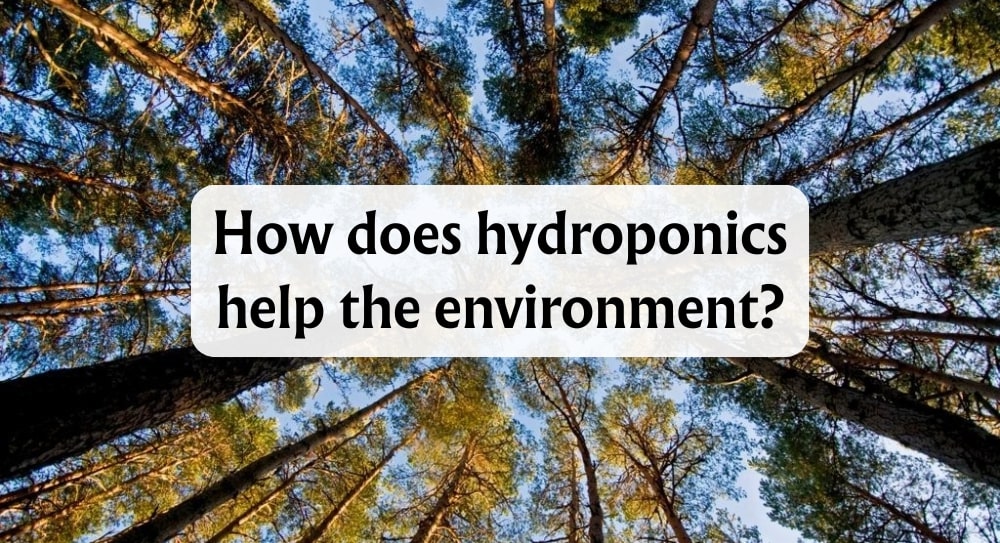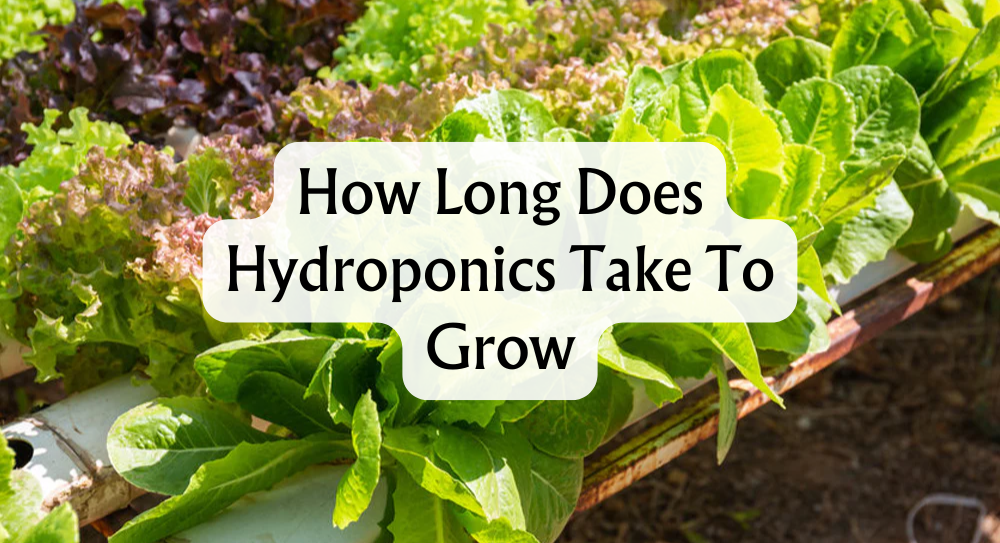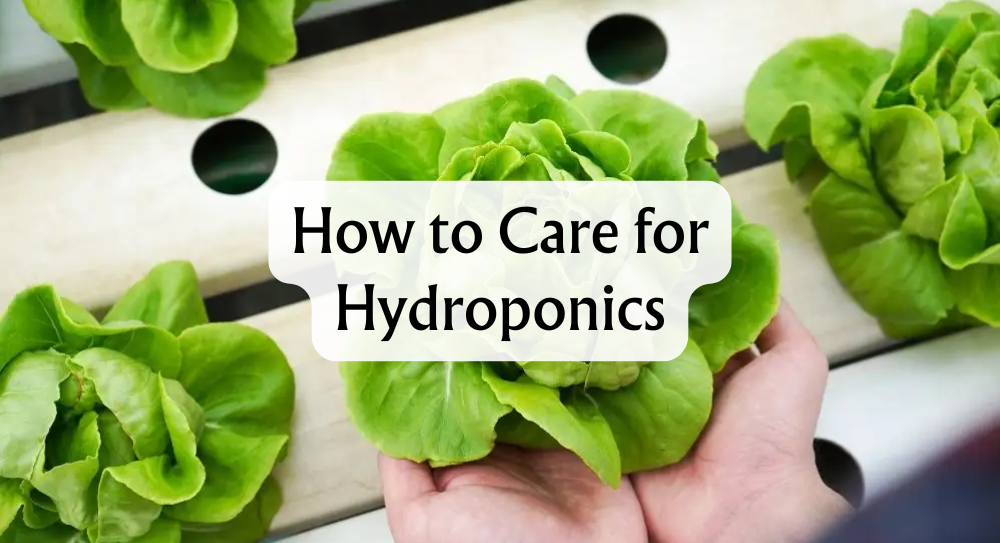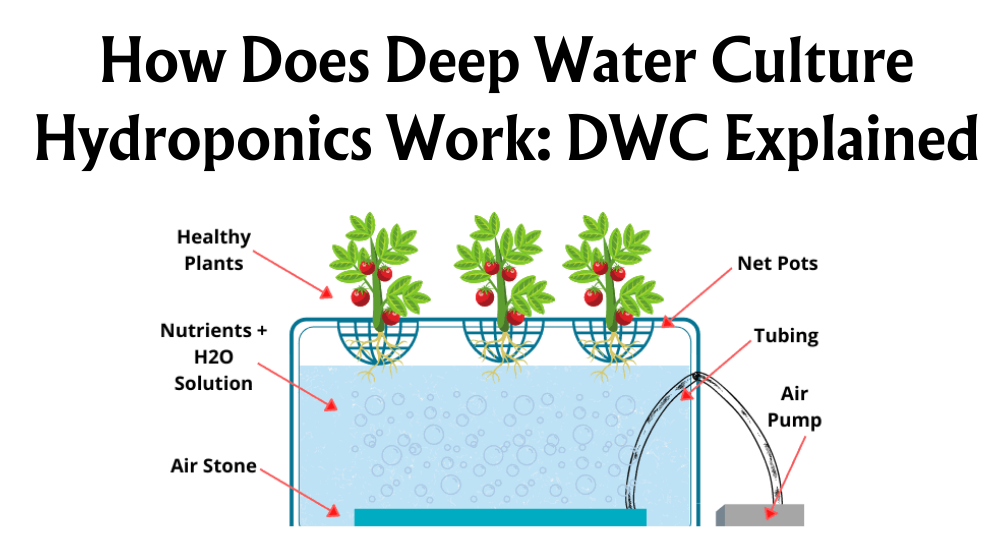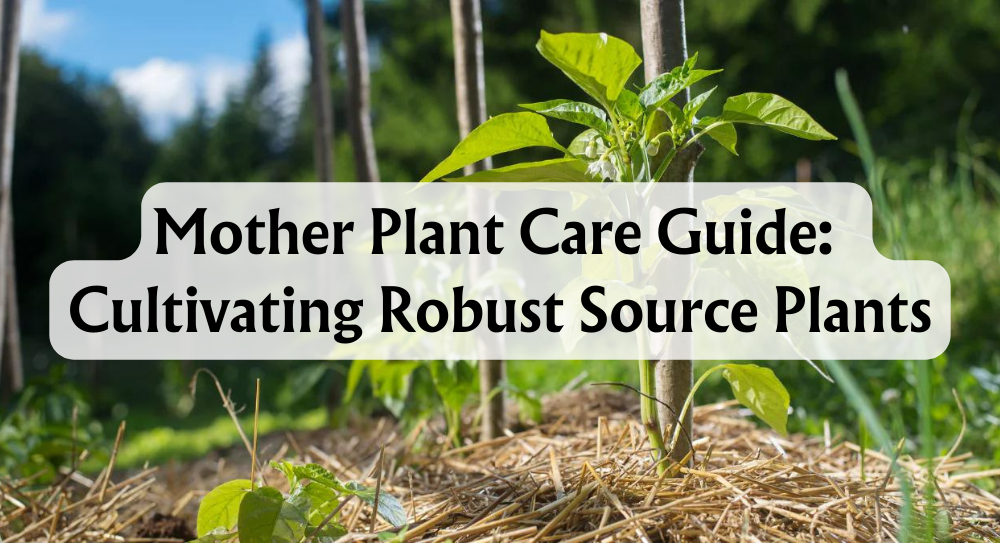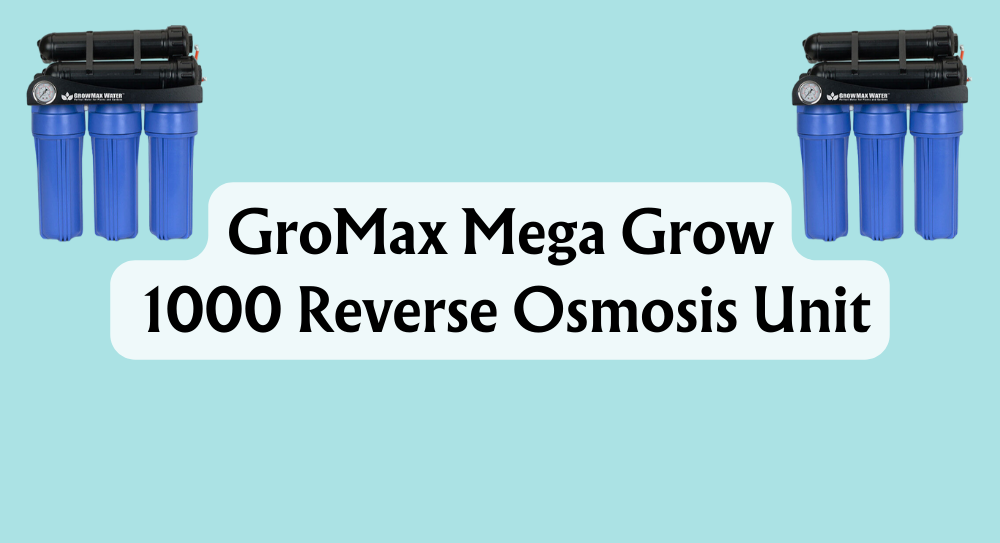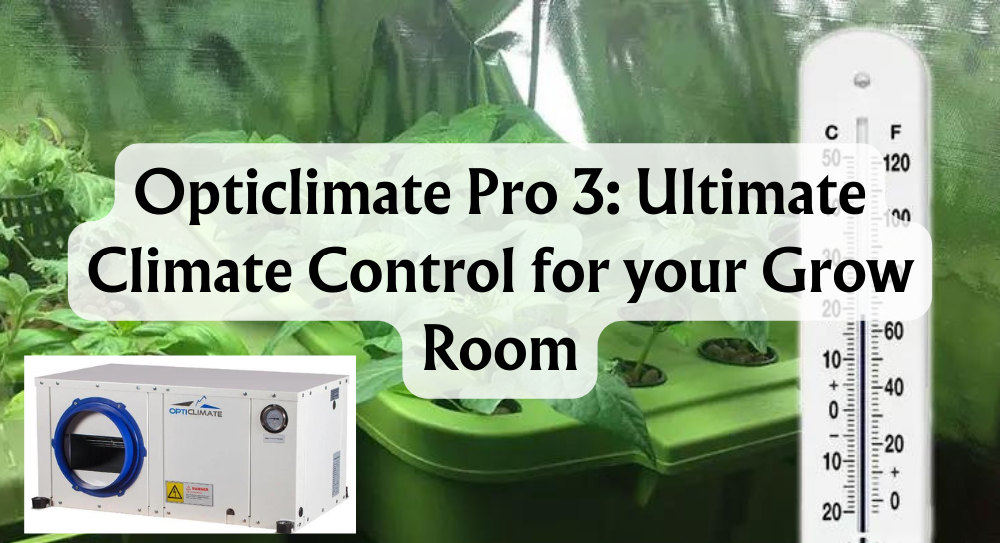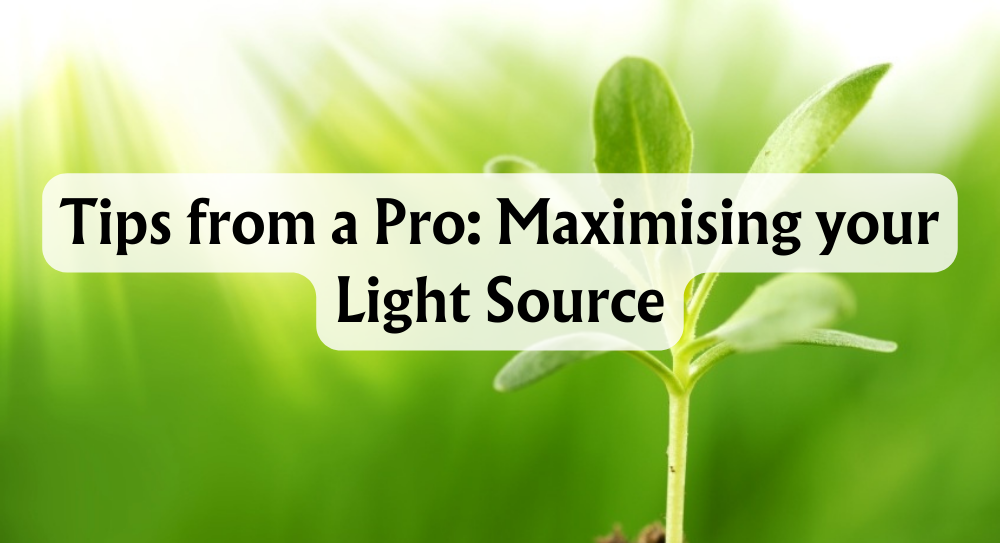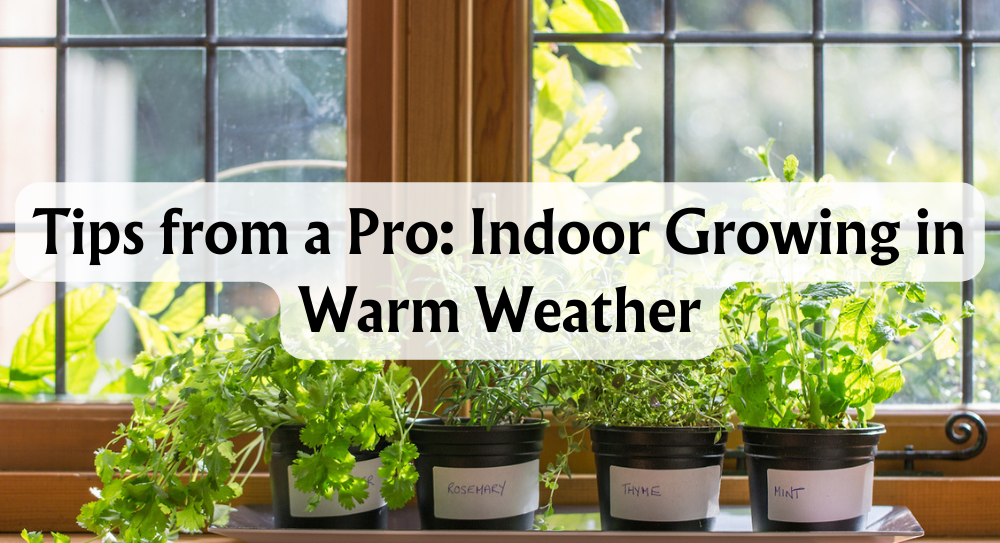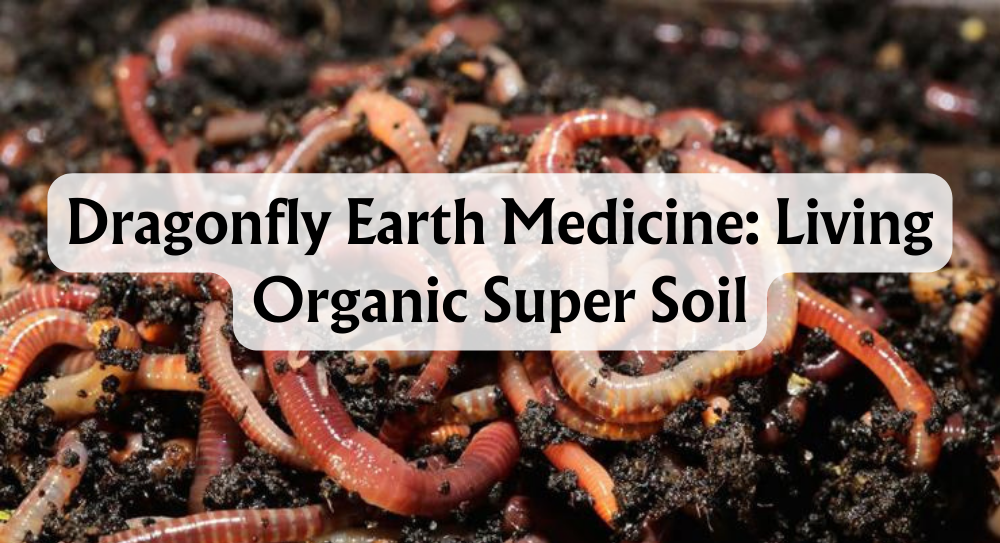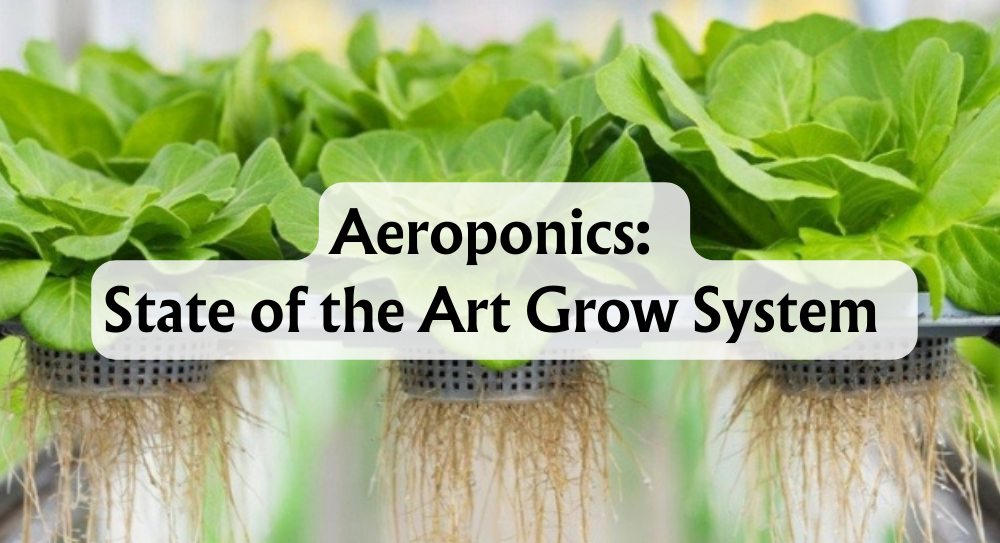Imagine a future where agriculture doesn't depend solely on good soil and favourable weather conditions. Hydroponics is leading the charge towards such a future, allowing plants to grow without soil and using nutrient-rich water systems instead. This innovative approach minimises water usage and drastically reduces the environmental footprint of traditional agriculture.
As environmental concerns become ever more pressing, the benefits of hydroponic farming cannot be overstated. By using only 10% of the water required for soil-based agriculture, hydroponics offers a sustainable solution in water-scarce regions. Additionally, indoor hydroponic systems can be set up almost anywhere—including urban environments—making it easier to meet the food demands of growing city populations without expanding agricultural land.
Hydroponics suits our planet well, offering not only water conservation benefits but also reducing the need for chemical fertilisers and pesticides. In controlling nutrient delivery directly to plants, this method curbs excessive runoff and pollution that negatively impacts ecosystems. As we explore this soil-less method of cultivation, it's clear that hydroponics holds the key to a sustainable agricultural future.
Key Takeaways
- Hydroponics uses less water and can operate in urban settings.
- This method decreases reliance on chemical inputs and reduces pollution.
- Hydroponics is pivotal for sustainable agriculture and addressing environmental challenges.
What Is Hydroponics?
Hydroponics refers to a method of growing plants without using soil. Instead, plants are supported in nutrient-rich water solutions that provide essential minerals directly to their roots. This method allows us to control precisely how plants are fed and the environment they grow in.
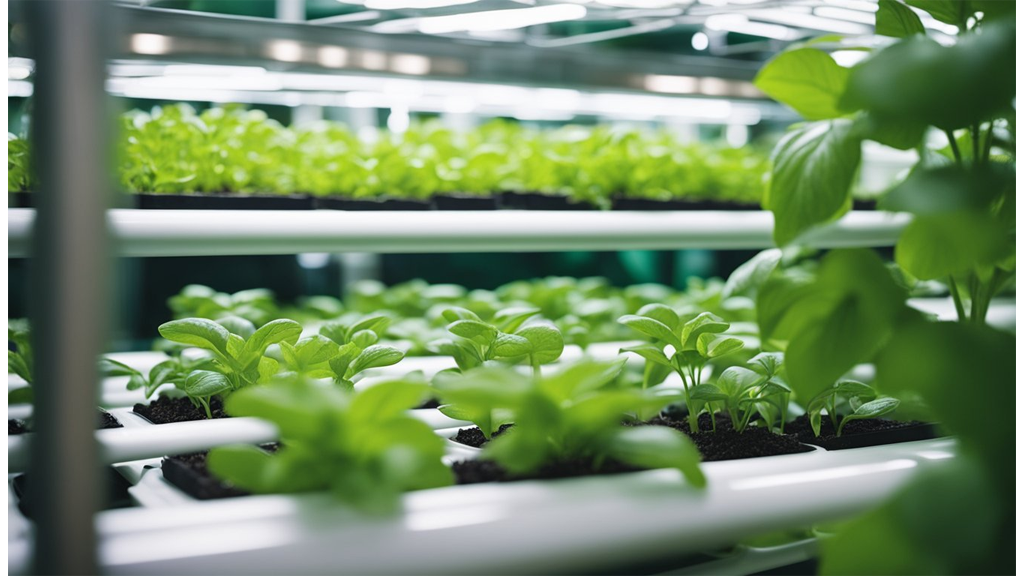
There are multiple types of hydroponic systems, each with unique advantages. Deep Water Culture (DWC) submerges plant roots in nutrient-enriched water. In contrast, the Nutrient Film Technique (NFT) employs a shallow stream of water to deliver nutrients, ensuring constant root contact. The ebb and flow method periodically floods and drains the roots, supplying nutrients, oxygen, and moisture.
Aeroponics takes it a notch higher by suspending plant roots in the air and misting them with a nutrient solution. These systems excel in oxygen delivery, promoting quick and healthy plant growth.
Another variant, aquaponics, integrates fish and plants in a symbiotic environment. Fish waste provides nutrients for plants, and plants help filter and clean the water for fish.
Through these innovative systems, hydroponics effectively eliminates the need for soil, allowing for controlled growth in various settings. This soil-less cultivation offers us a flexible and sustainable approach to gardening. It contributes to reduced agricultural footprints by using fewer resources like water and space efficiently.
By embracing hydroponic gardening, we can foster a more sustainable future, harnessing technology to optimise the way we cultivate crops. It reflects our commitment to innovative agricultural practices that meet the escalating demand for food while minimising environmental impact.
The Environmental Benefits of Hydroponics
Hydroponics offers significant environmental benefits by optimising resource use and reducing negative impacts. By producing more crops with less water and space, hydroponic systems contribute to sustainable food production and help combat climate change.

Enhanced Yields
Our hydroponic systems can achieve a 30-50% increase in crop yield compared to conventional soil farming. This is largely due to the controlled and precise delivery of nutrients directly to the plant roots, which accelerates plant growth and results in faster crop cycles.
Case studies of successful hydroponic farms demonstrate increased food production, supporting food security and reducing pressure on agricultural land. These farms showcase the potential of hydroponics in boosting output while minimising environmental impact.
Less Space Required
With vertical hydroponics, farming can be conducted in urban areas and confined spaces. This space efficiency makes it possible for us to cultivate crops in places like rooftop gardens or urban settings where traditional farming would be challenging.
Cities like Singapore are pioneering urban hydroponic farms that maximise limited space. By optimising land use, hydroponic farming allows us to grow ample food without encroaching on natural habitats or contributing to soil degradation.
Locally Grown Food & Reduced Transport Emissions
Hydroponics facilitates urban agriculture, enabling us to grow food close to where people live. By doing so, it significantly reduces the carbon footprint associated with the transportation of food across long distances.
This approach minimises emissions from lorries, ships, and air transport. In regions like the UAE, hydroponic systems ensure local food security, reducing the need for imported produce and enhancing self-sufficiency.
Saves Water
A standout benefit of hydroponics is its water efficiency, using up to 90% less water than traditional farming. Systems are designed to recirculate water, minimising waste and preventing evaporation.
NASA's experiments in hydroponic space farming highlight how these systems could be a solution for sustainable water use, both on Earth and in extraterrestrial agriculture. By conserving water, hydroponics helps us tackle global water scarcity.
Fewer Pesticides & Reduced Soil Degradation
Hydroponic farming eliminates the need for many pesticides and herbicides, as the controlled environment discourages pest infestations. This benefits the environment by reducing pesticide runoff and subsequent water pollution.
The lack of soil interaction also prevents erosion and desertification. Organic hydroponic farms demonstrate how we can produce healthy, pesticide-free crops while preserving soil health.
Year-Round Growing
Thanks to climate-controlled environments, hydroponic systems support continuous food production regardless of external weather conditions. This capacity for year-round growing reduces dependence on seasonal crop cycles.
In harsh climates like Iceland, hydroponic greenhouses thrive, proving that we can maintain consistent food production even in environments unsuitable for traditional farming.
Reduced Fossil Fuel Use
Hydroponic farming reduces the need for heavy machinery like tractors and ploughs, lowering fossil fuel consumption. By using less energy for land preparation and fertilisation, hydroponics supports greener farming practices.
Some innovative hydroponic systems are experimenting with solar energy to power operations, further contributing to sustainable agriculture. This shift towards renewable energy is crucial for reducing the environmental footprint of food production.
Conclusion
As we explore the realm of hydroponic farming, we uncover its substantial benefits for the environment. By utilising less land and water than traditional farming, we're able to reduce our ecological footprint. This method allows us to cultivate plants in nutrient-rich water, which significantly cuts down on the resources typically required for soil-based agriculture.
This innovative farming technique not only conserves water but also minimises carbon emissions. With the agriculture sector accounting for a notable portion of greenhouse gas emissions, hydroponics offers a promising solution. It's incredible how an adaptation in farming methods can contribute to environmental sustainability.
Given these benefits, we encourage everyone interested in sustainable agriculture to consider hydroponic gardening. It's an option that aligns well with our efforts to preserve the environment for future generations. Adopting hydroponics could very well redefine how we approach food production.
Looking ahead, hydroponics may play an essential role in developing sustainable agriculture. By shifting towards these eco-friendly methods, we're paving the way for a future where the balance between human needs and environmental health is maintained. It's vital that we continue to explore and invest in such innovative solutions.







 Store Locator
Store Locator
